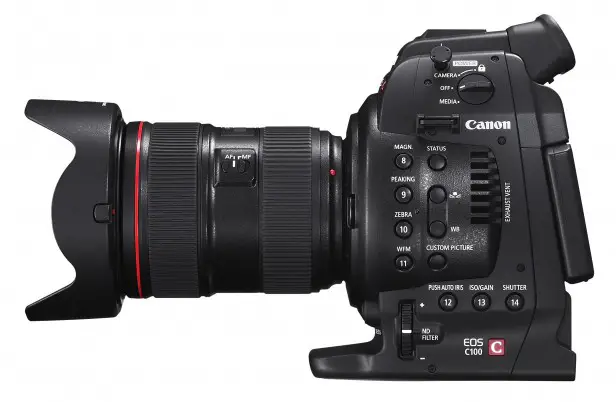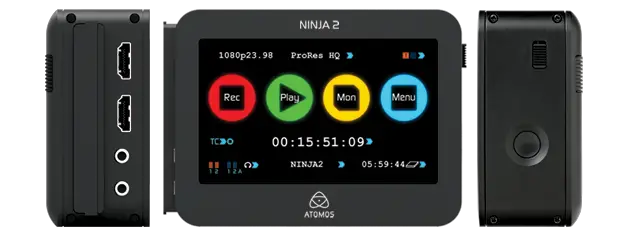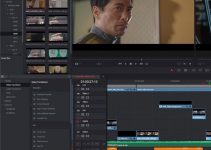There are many shooting situations where we need to match source clips from different cameras.
Today we have a nice comparison between the Canon EOS C100 (with the latest firmware update) and the Sony A7s, produced by Studio 213 Films.
Here are the setting used for both cameras in the video below.
In order to match the framing the Sony A7s was used in both APS-C mode and Full-Frame mode for some of the shots.
Footage on the Canon C100 was shot in C-LOG the sharpness was all the way down to -10. On the A7S in SLOG-2 mode the same setting was all the way down to -7.
In WIDE DR and Cine-gamma 4 the sharpness was set to zero.
To get exposure, Studio 213 Films had both Zebras set to 100 on both cameras, and set exposure just before any zebras would show up on both cameras.
Canon C100 vs Sony A7S from Studio 213 Films on Vimeo.
The Canon C100 and Sony A7s did perform pretty well in this test. However, we still can see the problems Sony A7s has with its rolling shutter, especially in full-frame mode. It’s a bit of a shame, though Sony do plan to fix this by introducing a new sensor technology which can read entire lines of pixels in batches of 4 simultaneously.
Luckily, Philip Bloom has a workaround for this problem, but one will need a Speed booster optical adapter in order to deal with it, at least for now. We mentioned the problem in this post.

On the other side, it’s obvious that the A7s produces much flatter image compared to the C-Log from the Canon C100. In terms of sharpness it’s fair to say that both cameras look very similar in this particular comparison, however it will be interesting to see how they would compare if we record their output feed with an external recorder in a much better codec like ProRes.
The ability of the Sony A7s to output 8-bit 4:2:2 4K signal is unbeatable in terms of resolution. Unfortunately C100 can output only 1080p signal which again compared to the A7s is still 8-bit 4:2:2.

In terms of low light capabilities the A7s is the clear winner especially in the high ISO range. Look how much noise the older 4K sensor in C 100 produces at ISO 51 200 compared to the same settings in the Sony A7s. Sony’s little beast has an advantage in terms of dynamic range as well due to the bigger sensor and the flatter image it produces in S-Log.
Nevertheless, we should keep in mind that the C 100 has much better ergonomics than the A7s, better audio inputs and build-in ND filters.
On a 1080p timeline both cameras could be easily matched and the HD footage they produce can be intercut flawlessly, however you’ll need to tweak them a little bit in order to blend them perfectly.
If you are a Canon C 100 user and you still don’t have the latest firmware for your camera you can downloaded it here.
Disclaimer: As an Amazon Associate partner and participant in B&H and other affiliate programmes, we earn a small comission from each purchase made through the affiliate links listed above at no additional cost to you.




Please explain the point of looking at the footage “flat” before any LUTs or corrections are made. Aren’t you comparing apples to oranges?
Two years late… To see how much information is actually being captured. If you choose to ‘get rid’ of that information (eg. details in the shadows) in grading by crushing the blacks, then ‘flat’ profiles might seem irrelevant. But you’ll have the choice.